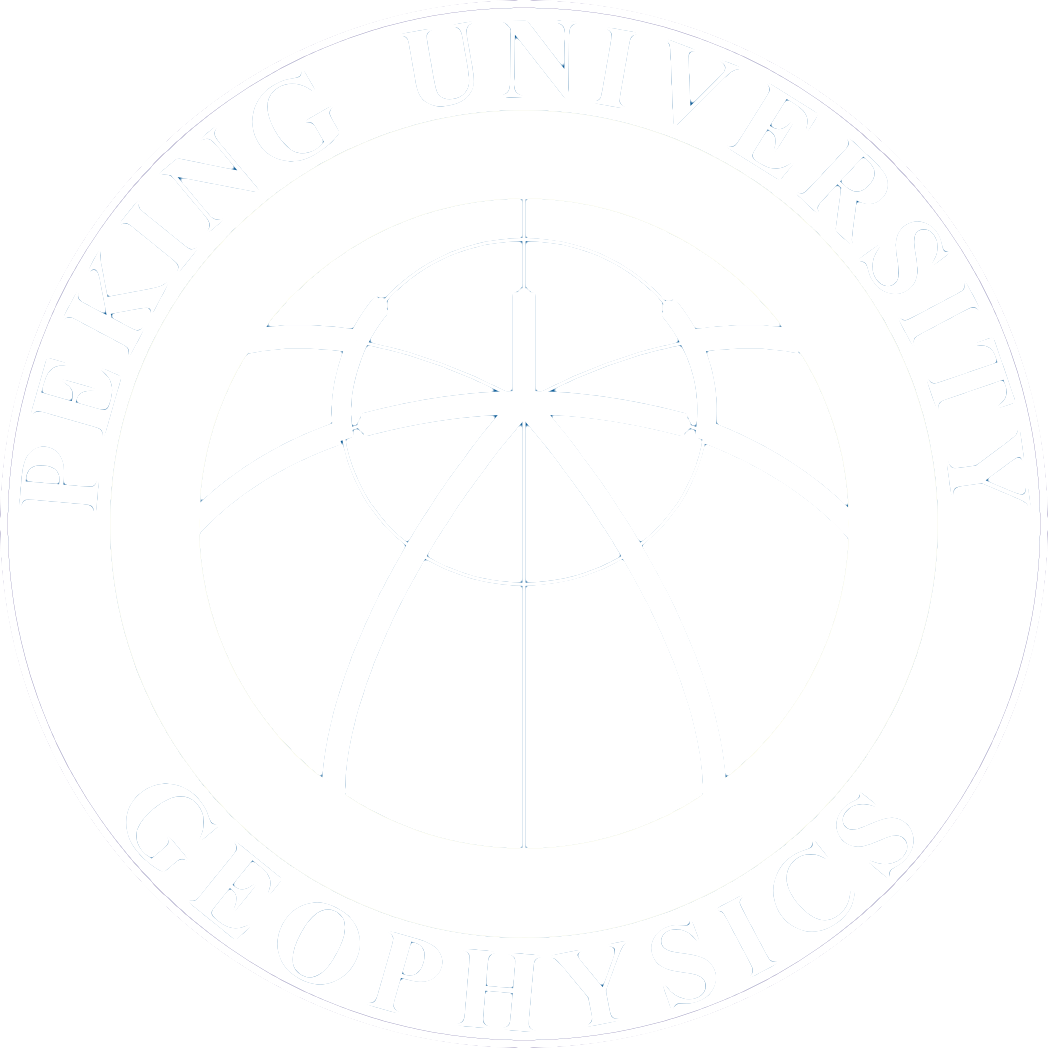2023-11-26
Improved observations of small to moderate size earthquake ruptures using machine learning
施其斌 博士
华盛顿大学 地球与空间科学学院
2023.12.01(星期五)15:00,理科二号楼2821
报告摘要:
Elevated seismic noises has limited our ability to see the complexities of the moderate-size earthquakes from global seismic networks or to detect the small earthquakes in the regional offshore environment. We tackle the noise problems for these two settings, by two levels of machine-learning-based denoising strategies. With improved signal quality, we can better understand earthquake processes and better assess seismic hazards.
The first setting is involved with the teleseismic observations of the Mw5-6 earthquakes in the global scale. The broadband recordings of moderate-size events are usually contaminated by various noises (e.g., microseism and anthropogenic noise) within the frequency band not only meaningful for studying their sources but also useful for exploring the Earth’s interior. To denoise, we build a multi-task encoder-decoder model around a kernel pre-trained on local waveforms (Yin et al., 2022) and fine-tune by continued learning with high-quality teleseismic data. We denoise teleseismic P waves of deep Mw5+ earthquakes and use the clean P waves to estimate the source characteristics. We find a scaling of moment and duration to be M0 ≃ τ^4 and a resulting strong scaling of stress drop and radiated energy with magnitude. The median radiation efficiency is 5%, a low value compared to crustal earthquakes. Overall, they show weak rupture directivity and few subevents, suggesting a simple circular crack model is appropriate. When accounting for their size dependence, we find no systematic depth variations of duration, stress drop, or radiated energy within the 100-700 km depth range. We also apply the denoiser to the 2021 Mw6.2 earthquake near the Mendocino triple junction whose early aftershocks were clustered at both the offshore and inland faults. By performing a multiple-point-source inversion (Shi et al., 2018) over the denoised teleseismic waveforms and the strong-motion data, we find this earthquake initiates on the Mendocino transform (Mw5.7) ~ 40 km offshore, propagates landward (Mw5.8) and finally ruptures the inland fault system (Mw5.9). This implies the inland Petrolia fault may have been in the critical state sensitive to the stress perturbation caused by the rupture of the offshore Mendocino transform fault.
The second setting is the offshore distributed acoustic sensing (DAS). It has emerged as a powerful technology expanding the capacities of cable networks and coastal seismic network to monitor offshore seismicity. However, the DAS data often combine signals that are new to the eyes of seismologists, including new types of instrumental noise, fiber coupling noise, and ocean waves that overprint tectonic sources. The overlap of these signals hinders accurate detection and characterization of transient seismic events. What makes this problem more challenging is the lack of clean DAS data. Here, we leverage the principle of self-supervised learning to allow the model to learn from the data itself without the need for explicit labelling. We adopt the classic encoder-decoder architecture and train the model on augmented DAS data from 2000 earthquakes in the northwest coast of US. We then denoise the DAS data to enhance the earthquake data in various scales. We use the ensemble-learning algorithm (Yuan et al., 2023) to pick the P and S phases. We find DAS denoising greatly reduces the picking error and improves the characterization of the two phases, leading to consistent phase arrivals across all channels.
报告人简介:
施其斌博士主要从事地震学研究,通过结合观测和模拟的手段研究地震震源的复杂过程。这其中包括联合近震和远震数据研究复杂断层上地震破裂的传播过程,板块俯冲造成的大地震以及慢滑移的动力学演变过程,以及地球深部地震的破裂特性。在利用传统地震台网数据的同时,其还通过对光纤传感数据进行机器学习和背景噪声处理来监测近海岸和近地表地震活动。发表科学论文九篇于Science, Geophysical Research Letters, Journal of Geophysical Research 和 Geophysical Journal International等期刊,其中五篇其作为第一作者。2016年本科毕业于南京大学, 2021年毕业于新加坡南洋理工大学。2022年至今在华盛顿大学地球与空间科学学院担任博士后学者。
